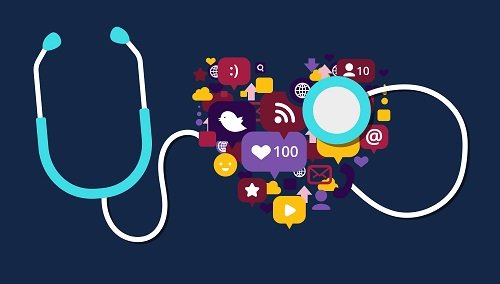Social media listening – also referred to ‘social media monitoring’ – is the process of finding out what’s being said about your company, products, brand and team on social media, and analyzing that data. Done right, social listening can be one of your most important tools to gather intelligence from your customers, giving you the ability to use that insight in your content, business development, R&D, customer service and real-time marketing campaigns.
But social listening is more than simply setting up a Google Alert to see what people are saying about you on their social platforms. It’s about finding out where those conversations are taking place, and engaging with the people having those discussions. It’s also about responding, delivering content to them when they’ve shown interest, and helping them with problems where you can.
If your goal is to reach a targeted group of consumers, the way to their hearts is through relevant, personalized and engaging content. How many times have you shaken your head at an ad you’ve been shown on social media, wondering how you possibly were targeted by that brand? It happens to me almost daily.
Think of it in terms of your own life – if you had a friend that constantly tried to have conversations with you that weren’t based on anything you were interested in or wanted to engage about, how long would that friendship last? When you focus on social listening, you can avoid being tuned out by the people you’re trying to reach, by getting to know what they want to talk about.
Here are 4 additional ways social listening can benefit your business:
1. Get an Edge on Your Competition
You can set up keyword tracking to monitor all mentions that relate to your products and services.
My tip – ensure you list variations of your product name, as well as common misspellings (if there are any).
You may find that people are complaining about a competitor’s product or customer service, and you can take the opportunity to step in and ask them to explain what shortcomings they’re finding. From there, you can show them that you’re there for them, that they’re important to you, and explain your product’s benefits.
This can help you find new customers and opportunities – people will see that your brand cares and that can make your business more attractive to potential consumers. This not only applies to the people you’re directly communicating with, but also those watching on passively on social platforms.
2. Identify Influencers and Brand Advocates
Finding out who’s sharing your information about your products, and organically spreading positive news relating to your brand, is a great way to identify opportunities for influencer relationships.
Who are your brand advocates? Once you know, you can reward them for their help in spreading the love for your brand.
A happy customer that talks about you without being asked, is marketing gold. Continue to build upon those relationships.
3. Find Your Tribe
With social listening, you don’t have to guess where the best place to focus your marketing efforts might be. Guesswork and lost time is saved by knowing what platform is best for your social media marketing.
Through listening, you can see where people are having conversations about your products and services, and talk to them right there, on the platform which they’re familiar.
It could be on Twitter, or Facebook or Instagram – join these existing conversations and get to know both your current and potential consumers.
4. Improve Customer Service
When you’re focused on listening, you’ll hear both positive and negative feedback.
There’s some argument to suggest that negative feedback is more beneficial, because it often provides clear direction on how you can improve.
If someone’s taking the time to complain, they’re not yet a lost consumer – that’s them showing you that they still like you, your product or brand, and that they’re open to being helped through a problem.
As you begin to get to know your online communities better, you’ll be ready to delve deeper into this element.
originally published at Social media today


